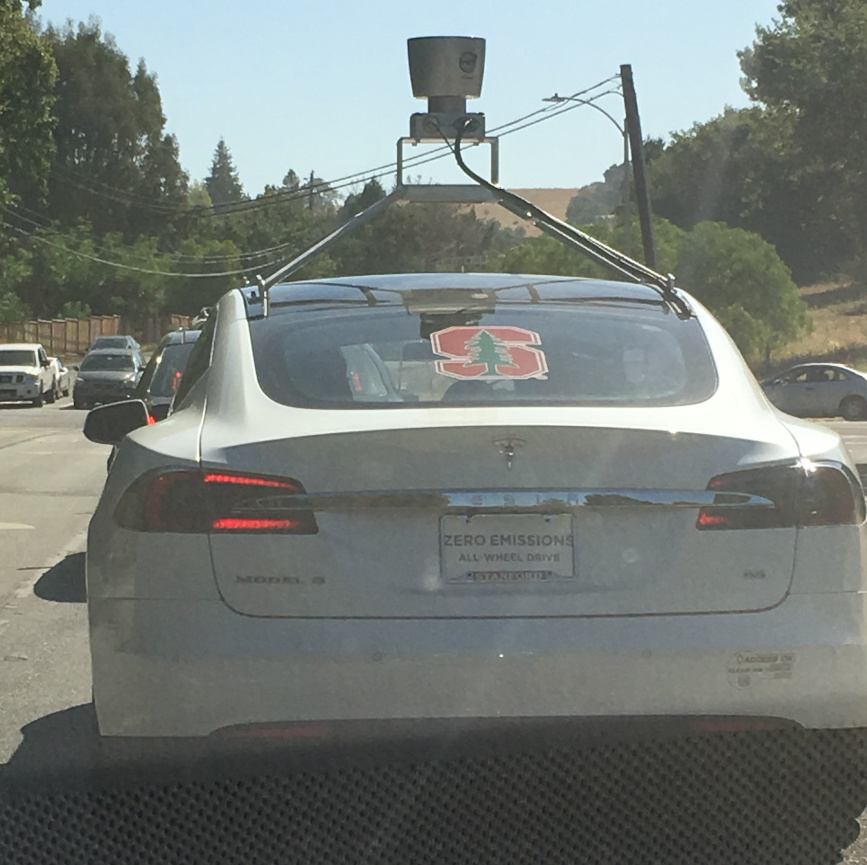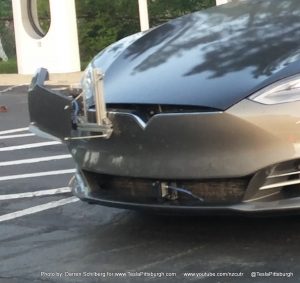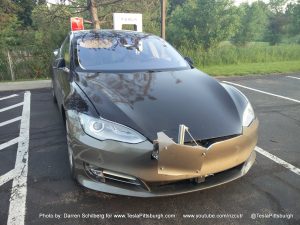News
Sighting of Tesla Model S with LIDAR suggests Autopilot 2.0 could be self-driving
A recent sighting of a white Model S equipped with LIDAR hardware suggests that Tesla’s next generation Autopilot 2.0 could be coming with advanced self-driving capabilities and additional safety measures. The Tesla seen in the photo is mounted with a laser detection system capable of generating complex 3D maps of its surroundings in real-time and allow a vehicle to accurately detect distance to objects. The roof-mounted hardware is perhaps best known as being the clunky device used on Google’s self-driving test vehicle, often seen cruising through the streets of Silicon Valley.
This latest sighting took place near Tesla’s headquarters in Palo Alto, CA on the very same day the company announced the tragic accident that took the life Model S owner Joshua Brown. Early Tesla adopter and notable community member Tesla Owner captured the photo of a white Model S with overhead LIDAR and adorned with a Stanford branded license plate bracket and rear windshield. Doubting that Stanford University would use a near $100k Model S for the purpose of student projects, Tesla Owner followed the vehicle until it turned directly into Tesla headquarters.
“My suspicions were confirmed that this was a Tesla corporate vehicle when I saw it enter the back parking lot of Tesla headquarters!”
via Tesla Owner blog.
Tesla CEO Elon Musk has previously suggested that the use of LIDAR technology is not needed for autonomous driving. “I don’t think you need LIDAR … you can do this all with passive optical and then with maybe one forward radar”, Musk said during a press conference last October. “I think that completely solves it without the use of LIDAR. I’m not a big fan of LIDAR, I don’t think it makes sense in this context.”
Despite Musk’s stated case against LIDAR, industry experts believe self-driving cars will require multiple detection systems including the use of infrared LIDAR technology if vehicles are to remain safe at high speeds. In the case of Brown’s fatal accident which saw his Autopilot enabled Model S crash into a white tractor trailer against a brightly lit sky, the vehicle’s cameras were not able to differentiate between the high ride-height of the trailer from an overhead freeway sign. The light sensing radar with lasers of the LIDAR system would have been able to address such use case.
We know other Teslas has been previously spotted testing presumably Autopilot 2.0 as seen in our sighting of a classic Model S retrofitted with new fascia and an array of sensors including dual cameras.
Tesla Model S test mule with presumed Autopilot 2.0 hardware
Though Tesla has not officially confirmed with us that the recent test mule sightings are in fact a result of the company testing its next-generation Autopilot, the use of a LIDAR along with its suite of sensors including cameras, ultrasound and radar would suggest that we’re in for something good. Really good. Hashtag Model 3.

News
Tesla China focuses on exports as Q2 begins
Year-to-date, Tesla China’s registrations are up 3%.
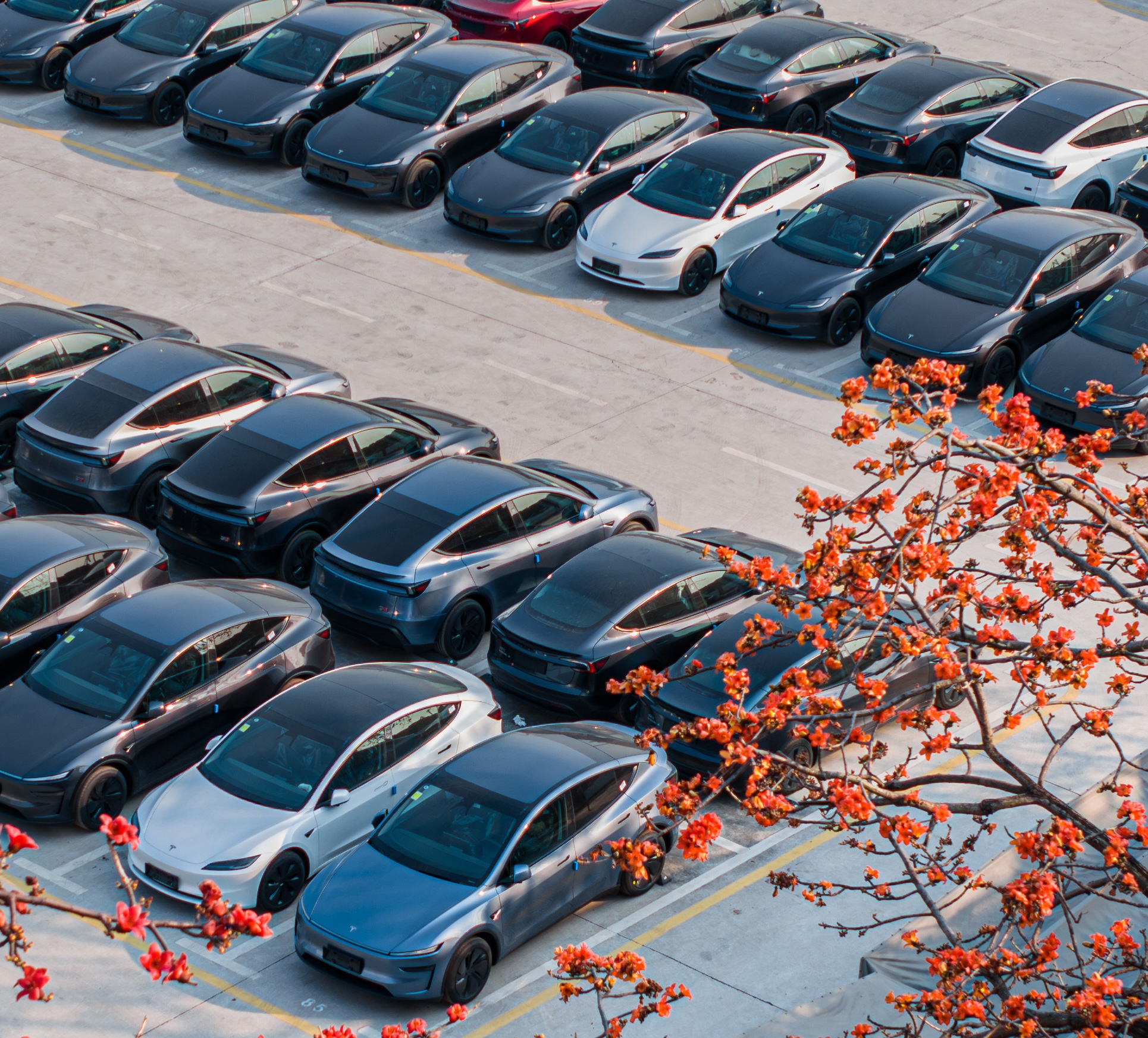
With the second quarter of 2025 now starting, Tesla China appears to have shifted gears, allocating Giga Shanghai’s Model 3 and Model Y output to foreign territories.
This was hinted at in Tesla China’s new vehicle registrations in the week of March 31 to April 6, 2025.
Tesla China Registrations
In the week ending April 6, Tesla China saw 3,600 new vehicle registrations. This represents a 82.6% week-over-week drop from the 21,000 insurance registrations that the company saw in the week ending March 30, but it also represents a 91.5% improvement compared to the registrations from the first week of Q2 2024. Year-to-date, Tesla China’s registrations are up 3%, which is impressive considering Giga Shanghai’s changeover to the new Model Y.
Tesla China does not report its weekly sales data, though a general idea of the company’s performance in the overall Chinese automotive market can be inferred through new vehicle registrations. Fortunately, these registrations are tracked closely by industry watchers as well as automakers like Li Auto.
Vehicle Export Hub
While the notable week-over-week drop in Tesla China’s registrations for the week ending April 6 may seem jarring, it should be noted that Giga Shanghai is the company’s vehicle export hub. Thus, it allocates a significant portion of its output to markets that are supplied by the factory. This is one of the reasons why Giga Shanghai only saw over 1,900 registrations in the first week of Q2 2024.
Tesla China typically spends the first weeks of a quarter exporting vehicles to foreign territories, before focusing Giga Shanghai’s output for domestic orders. Considering that the new Model Y has just been introduced to the market, it would not be surprising if Giga Shanghai starts focusing on the local market in the weeks to come.
News
Ford Launches Power Promise Program in the UK
The Ford Power Promise program is in the UK! Customers can get a free charger and save on home charging via Octopus Energy or ChargeGuru.
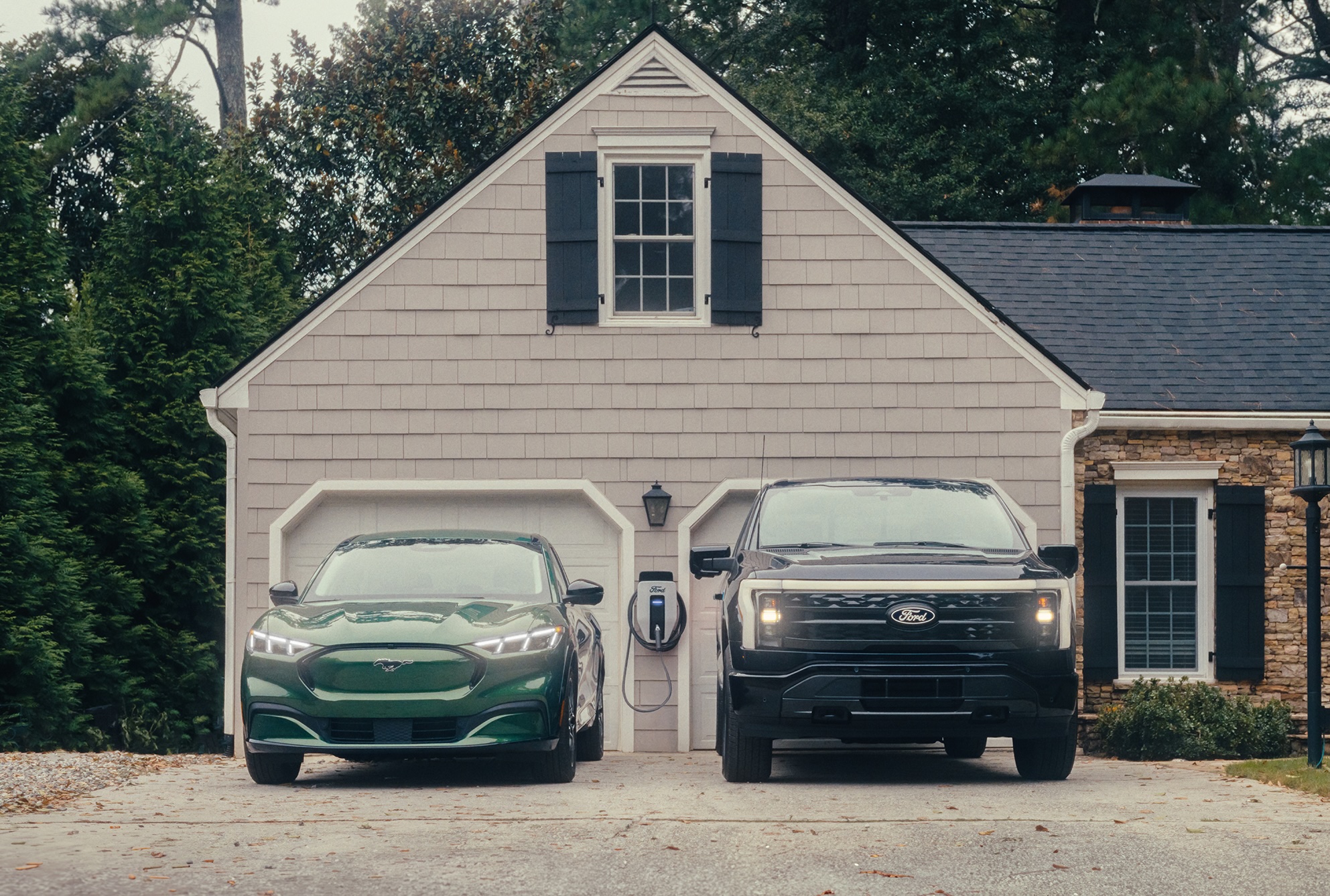
Ford launches its Power Promise program in the UK, boosting EV ownership perks.
“Last Oct., we launched the Ford Power Promise, with complementary home chargers and installation for new electric vehicle customers. Today, the program is launching in the UK! I’m excited more customers will be able to fill up at home to save time & money!” CEO Jim Farley posted on X.
The initiative rolls out across Great Britain and Northern Ireland with tailored partnerships.
In Great Britain, Ford Power Promise partnered with Octopus Energy to offer a free home charger and up to 10,000 miles of charging credit on the Intelligent Octopus Go tariff for eligible retail buyers of all-electric passenger cars ordered by June 30, 2025. Meanwhile, in Northern Ireland, Ford partnered with ChargeGuru for charger installations. The program excludes the Channel Islands.
Ford customers may receive some cost-saving benefits. Octopus Energy’s Go tariff and Ford’s Dynamic Charging capabilities could slash costs by up to 70%, alongside optional home charger setups. The legacy automaker’s push mirrors rivals like Volkswagen, which is taking advantage of expanding EV incentives in Europe.
The UK launch builds on Ford Power Promise’s debut, aiming to ease range anxiety and hook cost-conscious drivers. With Octopus and ChargeGuru in play, Ford’s EV strategy gains traction globally.
News
Elon Musk reportedly appealed to Trump over aggressive tariff policy: WaPo
The Washington Post cited two anonymous sources reportedly familiar with the matter.
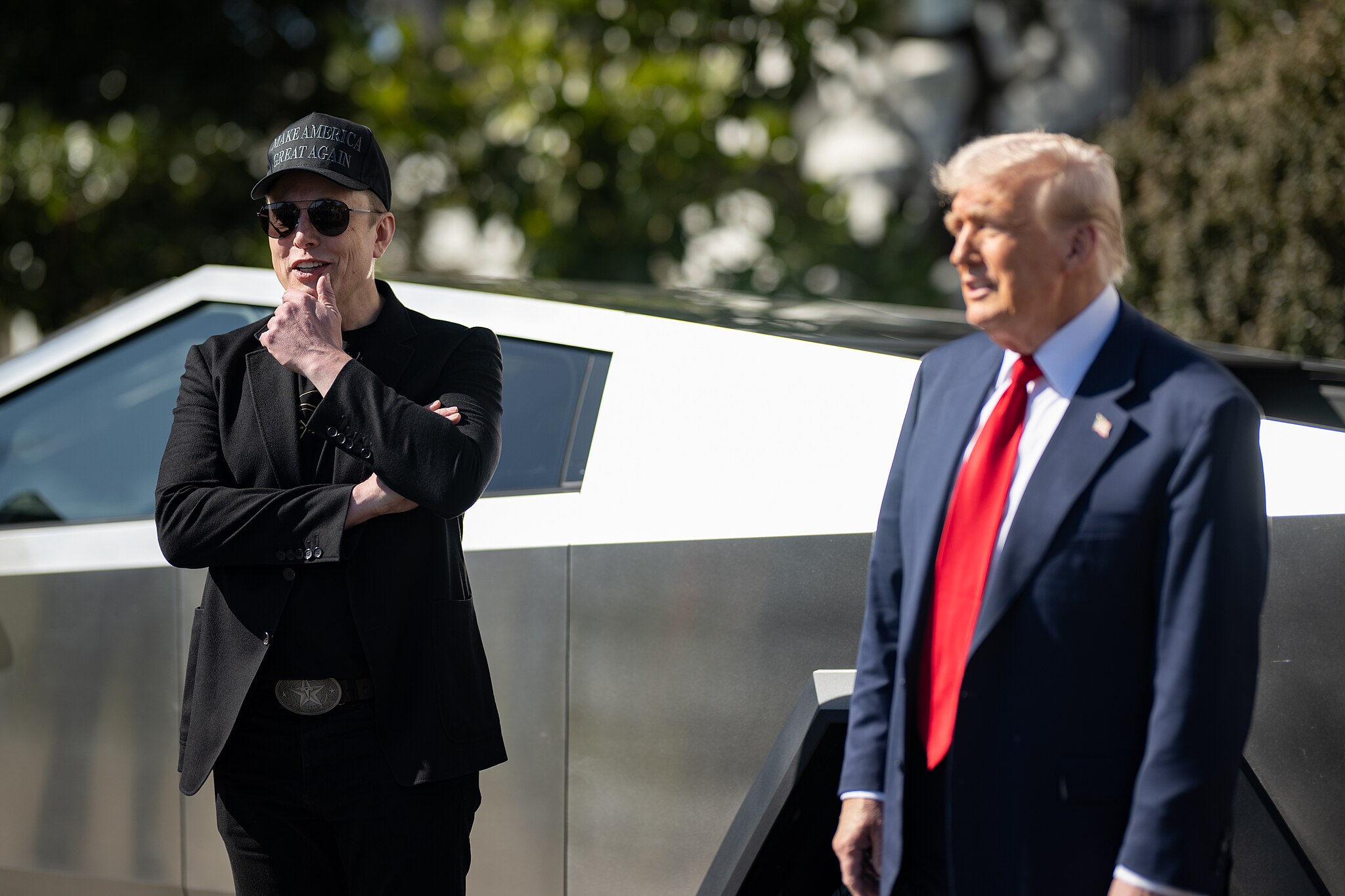
Tesla CEO Elon Musk has reportedly made personal appeals to U.S. President Donald Trump over his aggressive tariffs policy.
The report was initially shared by The Washington Post, which cited two anonymous sources reportedly familiar with the matter.
The WaPo’s Claims
As per the Post, Musk’s personal appeals to Trump have not been successful so far, with the U.S. President stating on Monday that he could add new 50% tariffs on imports from China on top of the 34% he previously announced.
Trump did, however, also hint that he was open to negotiations on some aspects of his policy.
Musk and the Trump Administration
Musk’s alleged reservations about Trump’s tariffs would mark yet another time the CEO has found himself opposing some members of the U.S. President’s administration. Previously, Musk had also disagreed with some of Trump’s allies over issues like H1-B visas for skilled immigrants.
Recent reports have also suggested that Elon Musk’s role as a special government employee is ending, though the Trump administration has noted that the Tesla CEO will still play a pivotal role in the efforts of the Department of Government Efficiency (DOGE).
What the White House Press Secretary Says
In a statement, White House Press Secretary Karoline Leavitt stated that the Trump administration is comprised of individuals who bring different ideas to the table.
“The President has put together a remarkable team of highly talented and experienced individuals who bring different ideas to the table, knowing that President Trump is the ultimate decision maker. When he makes a decision everyone rows in the same direction to execute. That’s why this Administration has done more in two months than the previous Admin did in four years,” she stated.
-
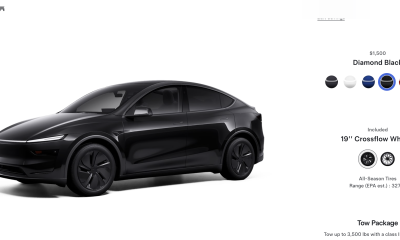
 News4 days ago
News4 days agoTesla rolls out new, more affordable trim of the Model Y Juniper in U.S.
-
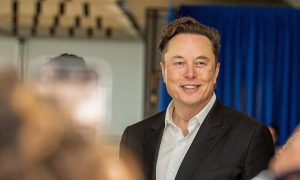
 Elon Musk2 weeks ago
Elon Musk2 weeks agoTesla CEO Elon Musk’s simple message to vandals
-
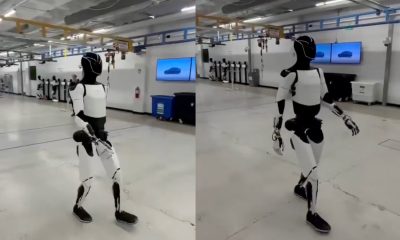
 News6 days ago
News6 days agoTesla shares Optimus’ improved walk in new update video
-
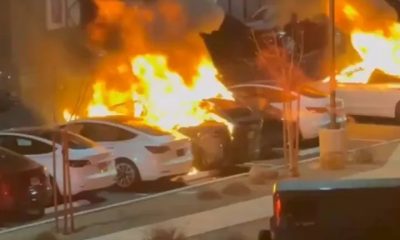
 Elon Musk2 weeks ago
Elon Musk2 weeks agoTesla vandal who lit Las Vegas repair center on fire arrested
-

 Elon Musk2 weeks ago
Elon Musk2 weeks agoElon Musk clarifies Trump tariff effect on Tesla: “The cost impact is not trivial”
-
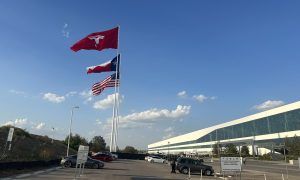
 News2 weeks ago
News2 weeks agoTesla US Gigafactories shields from Trump’s 25% Tariffs
-
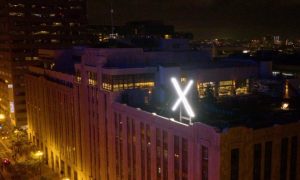
 Elon Musk1 week ago
Elon Musk1 week agoMusk says xAI has acquired X in $33 billion stock deal
-
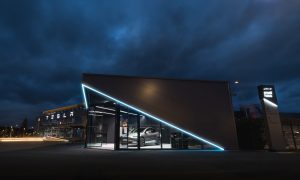
 Elon Musk5 days ago
Elon Musk5 days agoTesla Germany reports 4,935 units sold in Q1 2025
